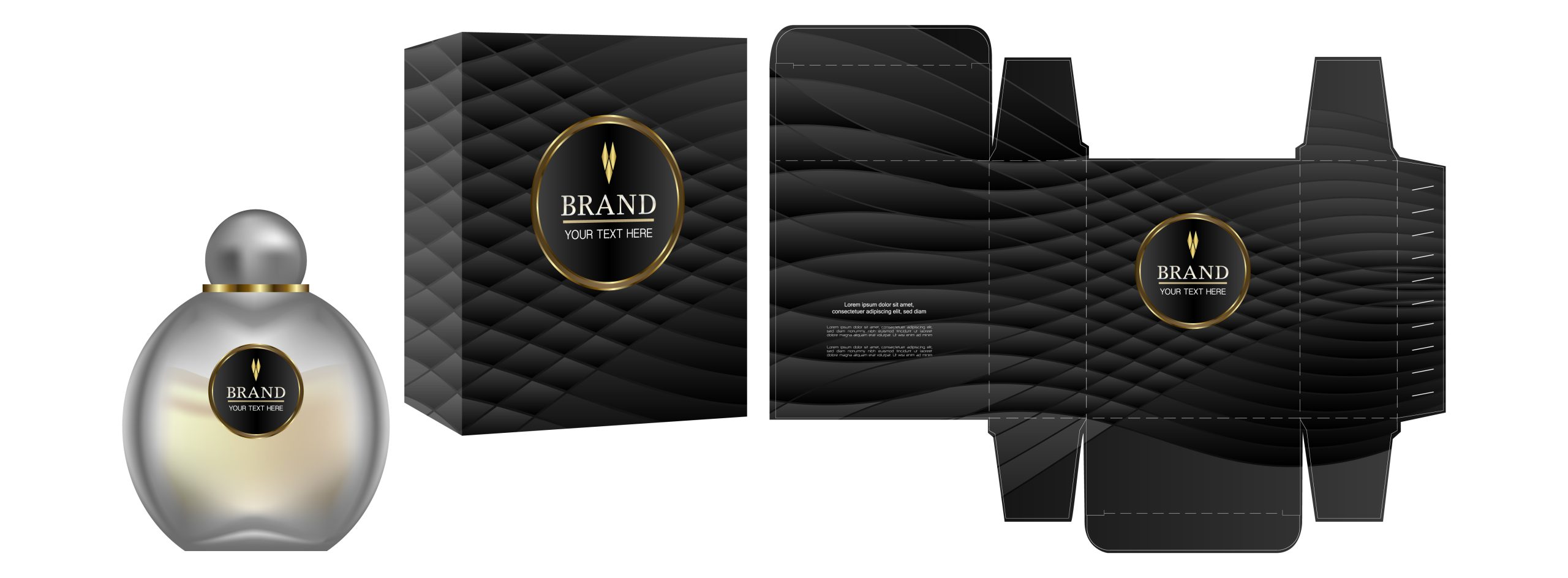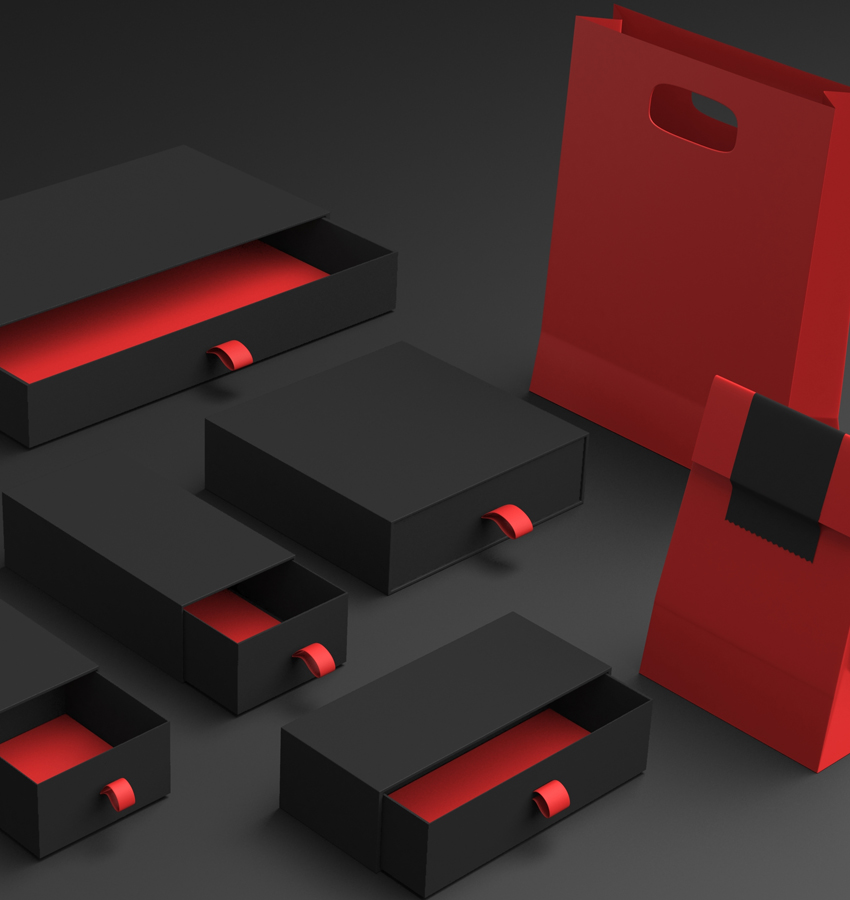
Introduction
Packaging is part science, part art. A brand manager is responsible to ensure the product reaches the consumer none the worse for wear. As packaging is the first visual advertisement of the product. Many factors have to come together to ensure the visual appeal of the artwork doesn’t get compromised due to the realities of physical manufacturing. The lynchpin of this process is a quite unlikely person- the packaging pre-press artist. In this blog let’s explore the Thinking about Dielines in Packaging Design.
Defining the Dielines
The science relates to the material selection, thickness, shape, orientation etc. As well as the origami-like folds that turn a flat surface into the final 3D structure. Often with complex internal structures like double or even triple tiers. Before the folding can even begin, the desired shape has to be cut out of a larger continuous sheet of material such as paperboard. Both the cutting lines, and the fold lines are called “die lines”. Packaging engineers are usually responsible for defining die lines, using software like ArtiosCAD.
The Artwork
When designers produce artwork, it is almost always a 2D process. Where Packaging Engineers focus on creating robust packages, designers focus on creating artwork that draws attention, inspires, and informs. Some designers do focus on designs conducive to manufacturing, many are purists that stick to their forte of creating artwork of high integrity. Considering the amount of research, original thought and flair that goes into producing artwork. One might be forgiven for forgetting it is ultimately meant to be cut, folded, and turned into a 3D shape!
Achieving Cohesion
Ultimately the artwork must meld seamlessly with the die-cut flat box. Enter the prepress artist. A core component of the prepress artist’s job is to ensure that the artwork will look its best in its final form- in other words. The artist must always remember where the folds and creases in the artwork will be, and arrange the artwork’s elements, both visual and textual, accordingly.
When designing dielines, there are several key considerations to keep in mind. Firstly, the dieline should align with the brand identity and product concept. It should communicate the essence of the brand and evoke the desired emotional response from consumers. Secondly, the dieline should be user-friendly, enabling easy access to the product and enhancing the overall user experience.
The Prepress artist therefore ensures that artwork elements are arranged in a way that is faithful to the brand identity. For instance, cramming too many visuals near a dieline will result in hard to read or “over the boundary” text (unless that’s a deliberate, creative choice). Over time, especially for packaging which will last a while (e.g. cereal boxes). The creasing could lead to degradation of the visuals.
Additionally, in this day and age it is essential for the prepress artists to consider the material and printing techniques that will be used. Different materials may require specific structural elements to maintain durability, and certain printing techniques may limit the complexity of the dieline design. Finally, sustainability is now a major component of package design.
Optimizing the dieline for material efficiency and recyclability adds further complexity to the Prepress artist’s job. Consequently Prepress artists collaborate constantly with the artwork designers and packaging engineers to make necessary adjustments to the artwork and/or the dielines. This collaboration is key to achieve a successful ready-for-market packaging design.
Conclusion
In one sense Dielines are the “boundary” between art and creativity, and the real world. Prepress artists serve as both enablers and balancers in the idea-to-manufacturing value chain. Therefore, savvy brand managers ensure the prepress artist they choose are as knowledgeable about the needs and constraints of the artwork design, structural design, and manufacturing processes. As they are of their own specialized Prepress work.
Manipal Digital and The Manipal Group are pioneers in Prepress, Printing, and Packaging design and manufacturing. We work and consult with dozens of international brands in a variety of industries to design robust packaging value chains. If you are looking for a Prepress specialist that can innovate new ways to enhance your brand identity through the Prepress process, consider giving us a call!



